When we think of basil, the lush, aromatic leaves often steal the limelight. However, basil flowers, the often overlooked bloom of this culinary herb, have their own charm and a wealth of benefits to offer. Not only are they visually delightful, but they also bring unique culinary and medicinal advantages to the table.
In this exploration, you will be satisfied with the surprising benefits of basil flowers, and next time when encounter them in the garden, you’re sure not to throw them away.
Basil Flowers’ Uses
1. Basil Vinegar
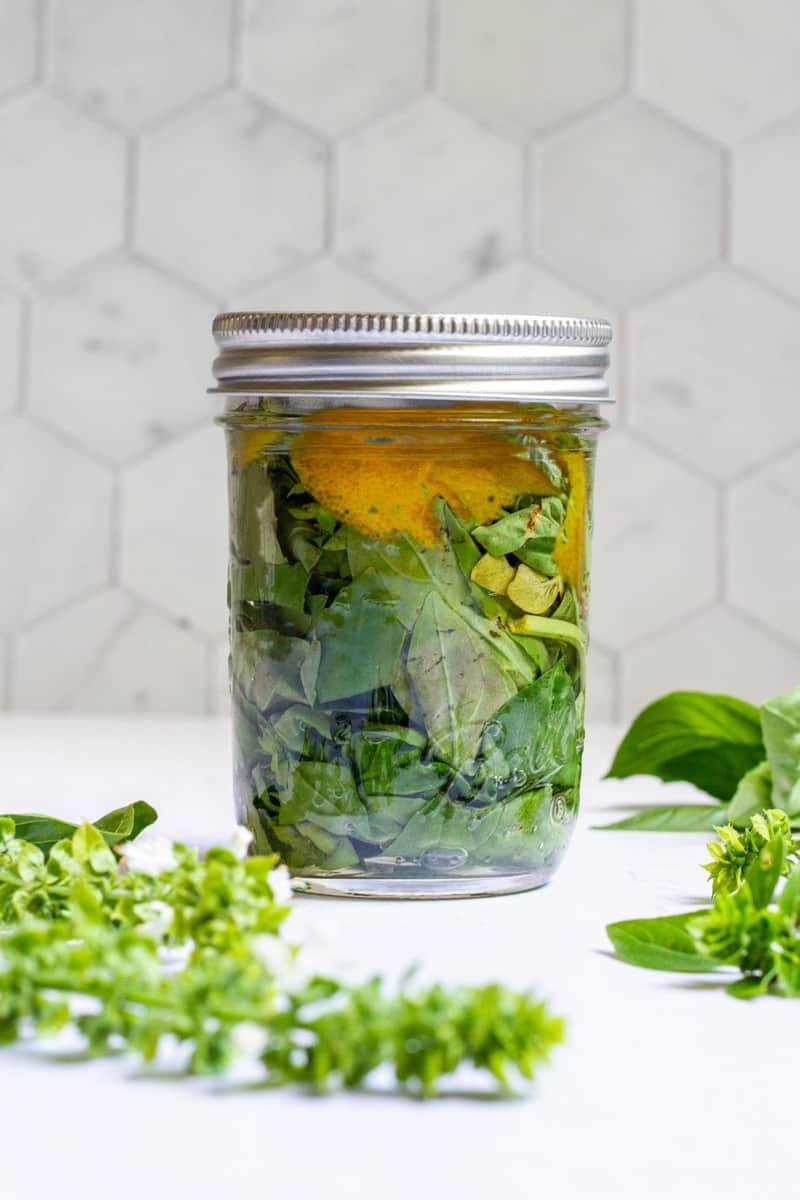
Basil flower spikes add a unique twist to your homemade basil vinegar. To make this delightful infusion, place dried basil flower spikes in a glass jar and cover them with white or apple cider vinegar. Seal the jar and let it sit in a cool, dark place for about two weeks. Strain the liquid to reveal a fragrant, basil-infused vinegar, perfect for dressing salads, marinating meats, or adding a flavorful kick to your culinary creations.
2. Creating Seedlings
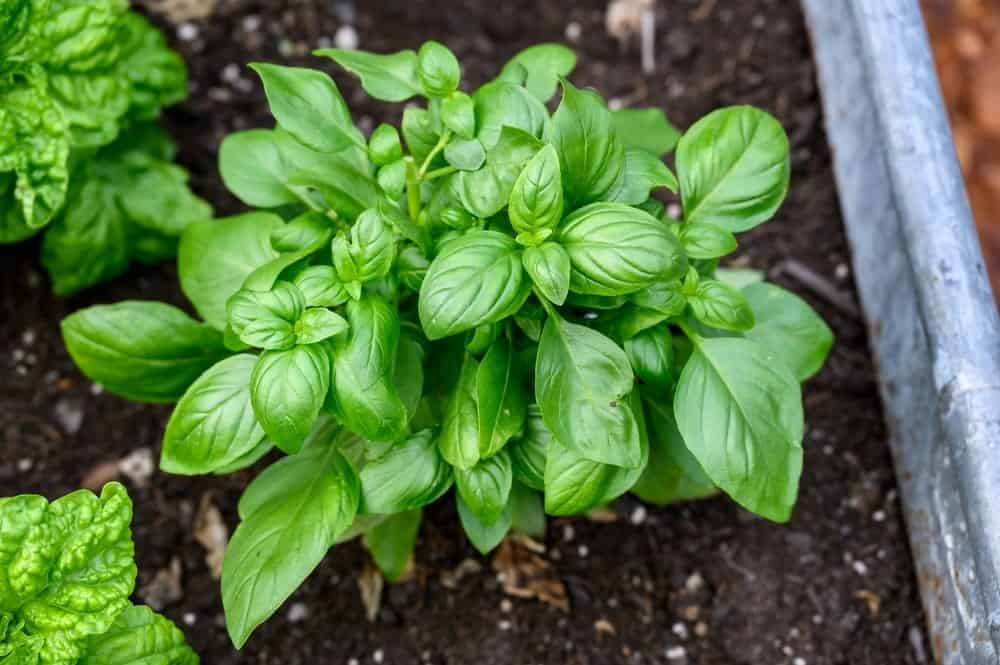
Basil flowers not only enhance your culinary repertoire but can also be the source of new basil plants. Once basil flowers go to seed, they produce small, dark seeds. Collect these seeds when they’re dry, and you have the makings of new basil plants. Plant them in your garden or in pots, and you’ll have a fresh supply of basil at your fingertips.
3. Potential Medicinal Properties
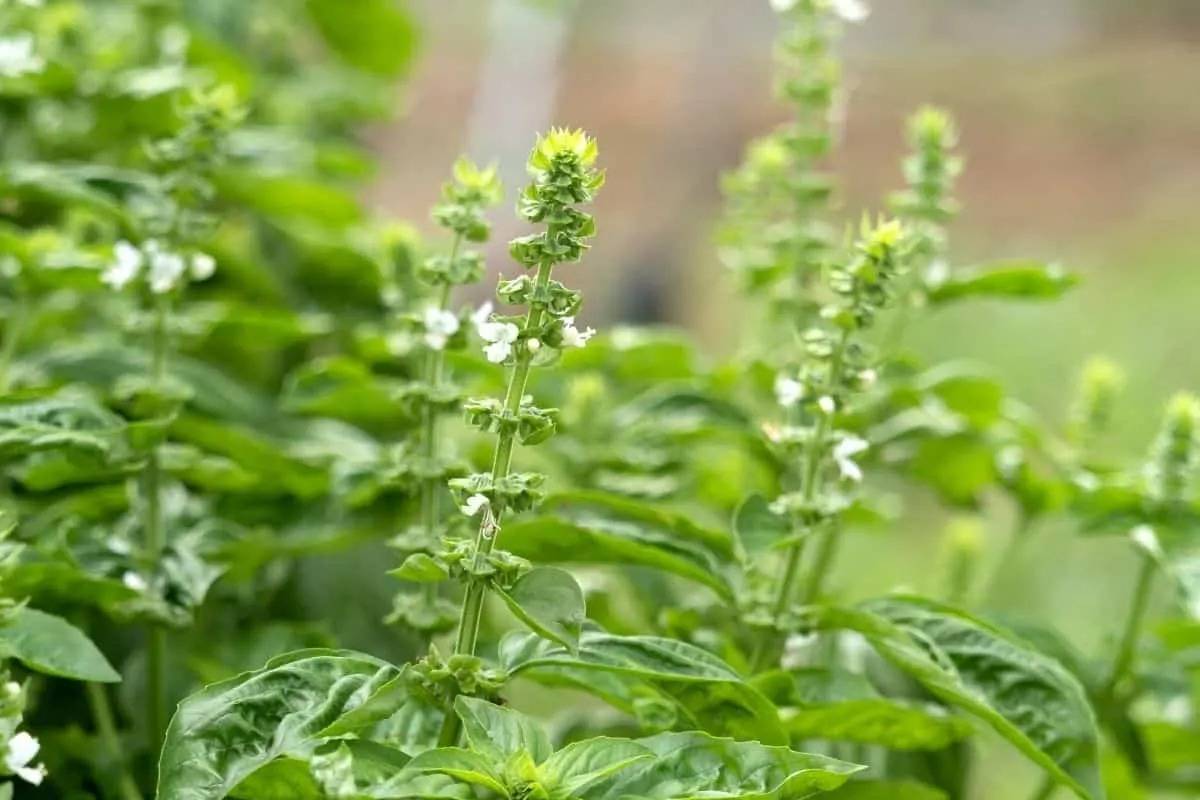
Basil flowers are not only a treat for the palate but may also offer medicinal benefits. They contain essential oils with potential anti-inflammatory and antioxidant properties. Some traditional medicine systems use basil flowers to make herbal remedies for various ailments, from digestive issues to stress relief.
4. Basil Oil
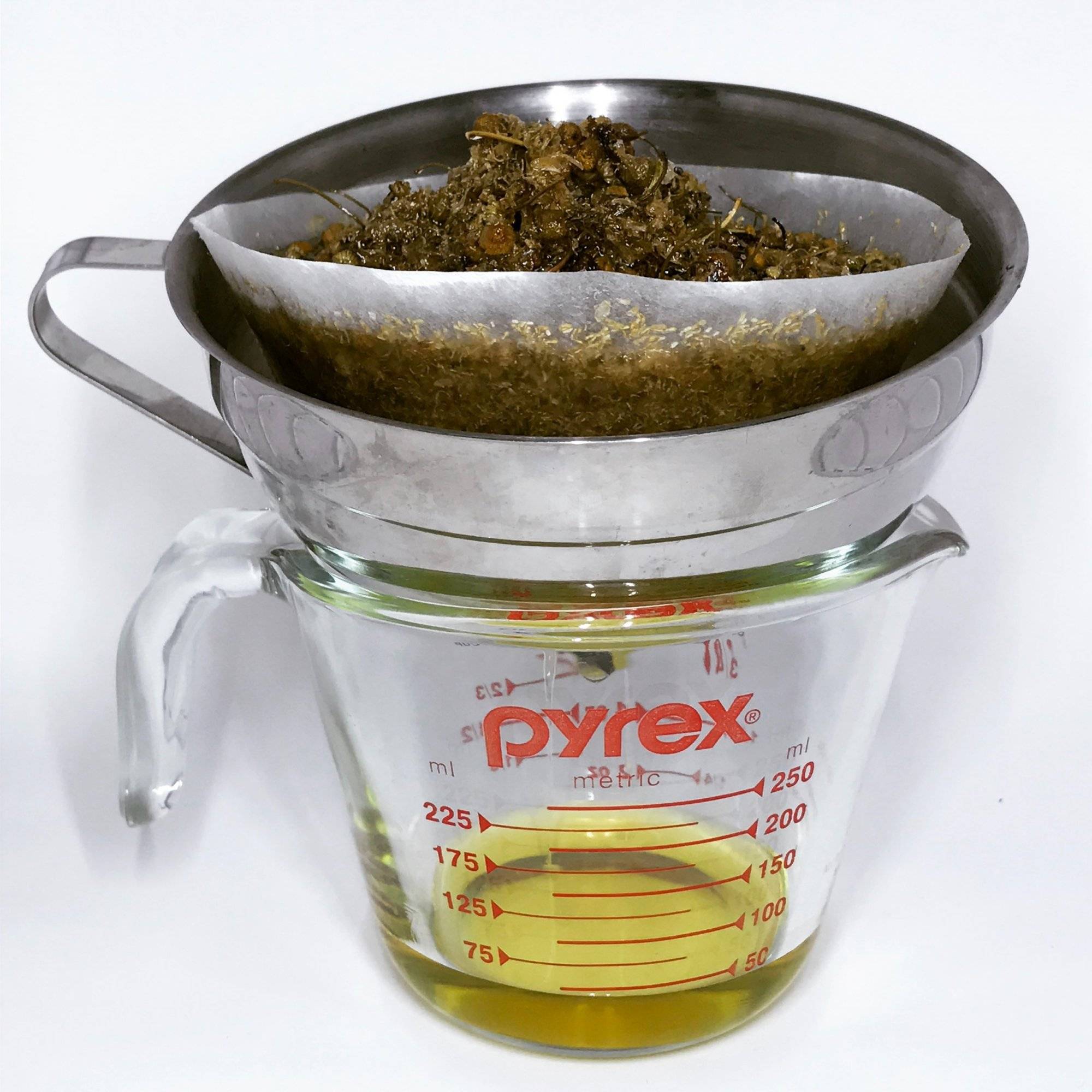
Basil oil can ease aches and pains, as basil oil has anti-inflammatory and analgesic properties. It also can calm anxiety and stress and clear congestion and soothe cough. You can also apply it topically to your skin or hair, or inhale it aromatically using a diffuser or inhaler. However, you should always dilute basil oil with a carrier oil before applying it to your skin, as it may cause irritation or sensitivity.
How to Harvest and Dry Basil Spikes
1. Signs for Harvesting
The best time to harvest basil flowers is when they are in full bloom. Look for bright, vibrant flowers that have fully opened. You want to catch them just before they go to seed, so they’re at their most flavorful. Generally, basil flowers can be harvested throughout the growing season, but they are at their prime during mid to late summer when they are most abundant.
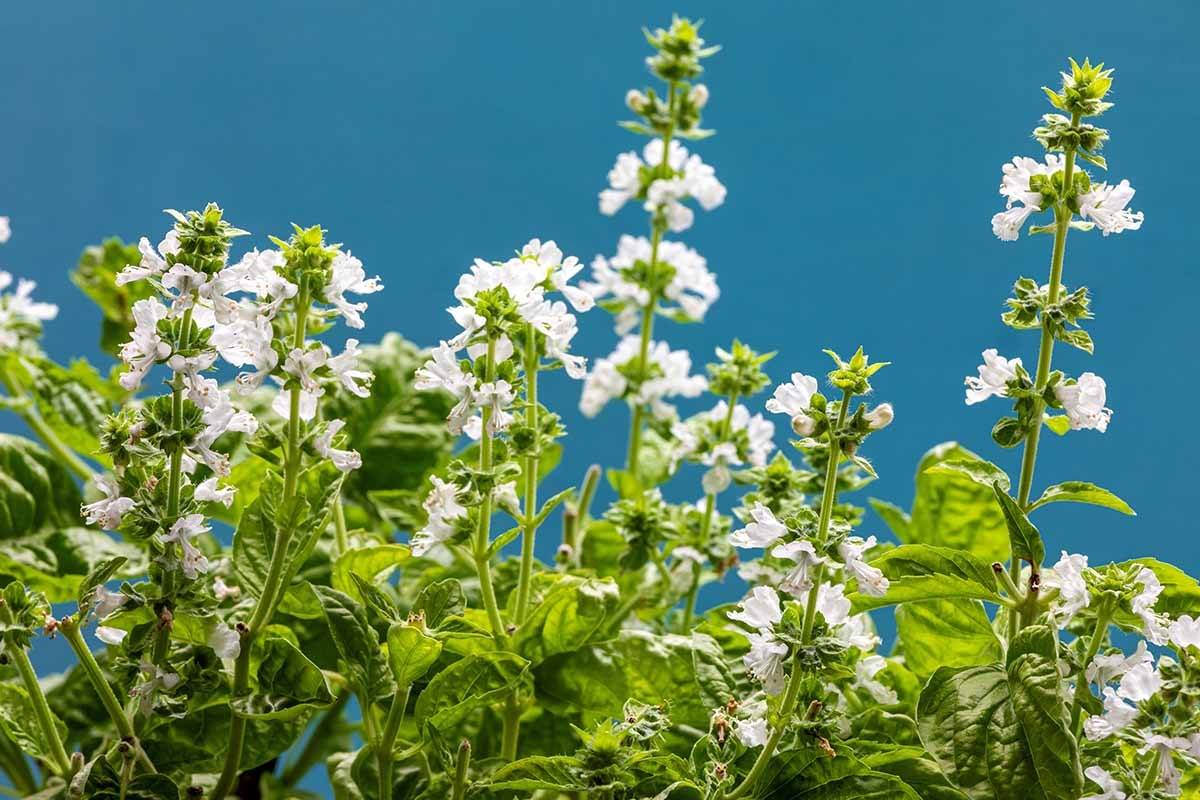
Basil stems have small spikes with tiny white flowers. These spikes are usually trimmed when they grow a few centimeters to help the stems grow and produce more basil leaves.
However, you can let some of these spikes grow up to a maximum length of 10-15 centimeters for future uses in the kitchen and beyond. Once they have reached this length, you can cut them, but remember that they are not consumed like the leaves. Instead, they need to be dried first.
2. How To Harvest Basil’s Spikes
The ideal time to harvest is early in the morning when the oils in the flowers are at their most potent. You should gently snip the flower spikes, leaving some stem attached.
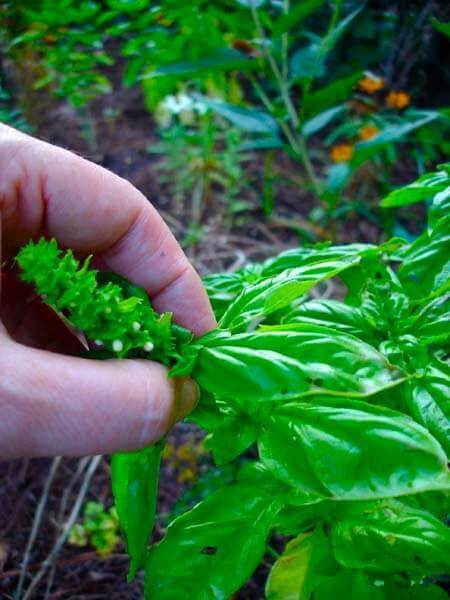
3. How To Dry Spikes
To dry them, simply tie the stems together in small bunches and hang them upside down in a cool, dry place with good ventilation. Once fully dried, store them in an airtight container away from direct sunlight to make sure the aroma does not fade.
FAQS
1. Can I use fresh basil flowers in recipes?
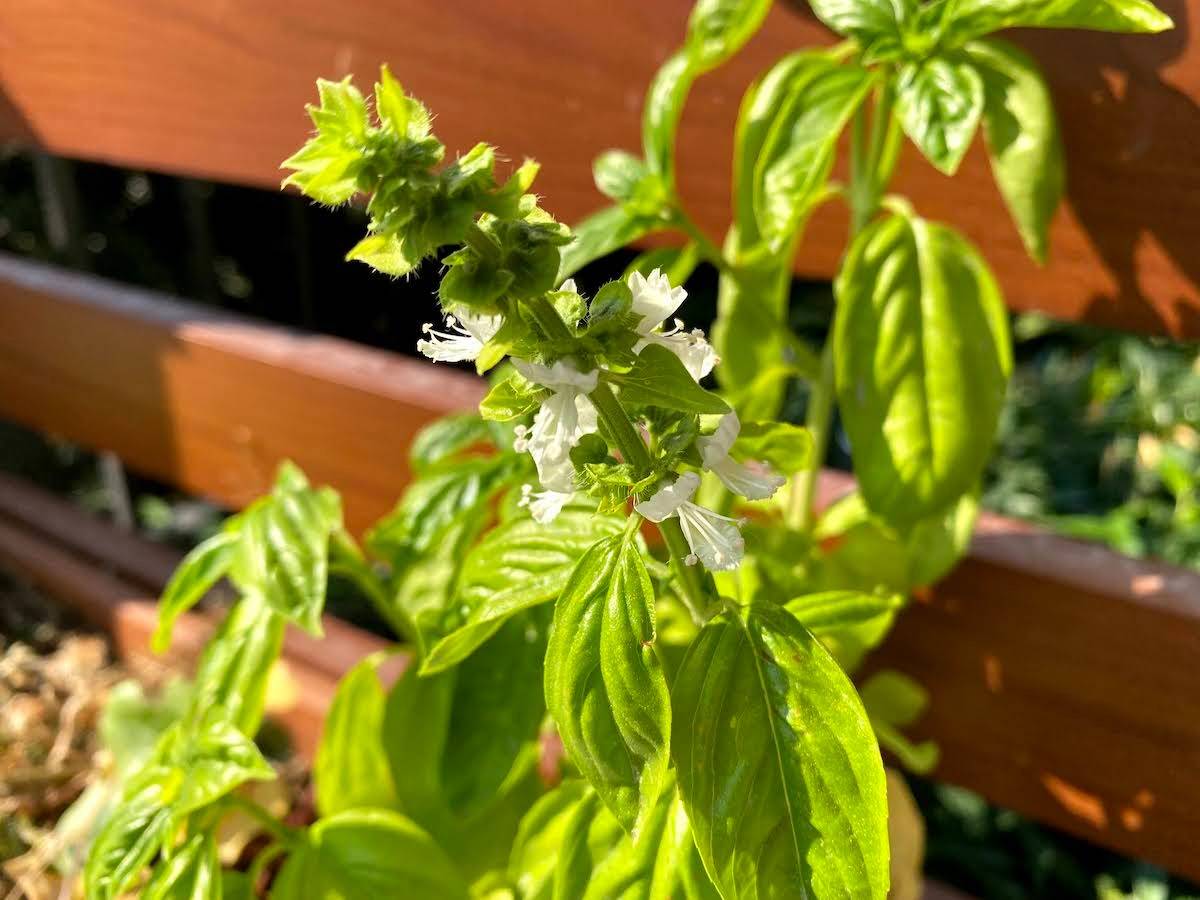
Absolutely! Fresh basil flowers can be used as a garnish, in salads, or as a delightful addition to a variety of dishes. They have a milder flavor than basil leaves but can add a unique touch to your culinary creations.
2. Are there any precautions when using basil flowers for medicinal purposes?
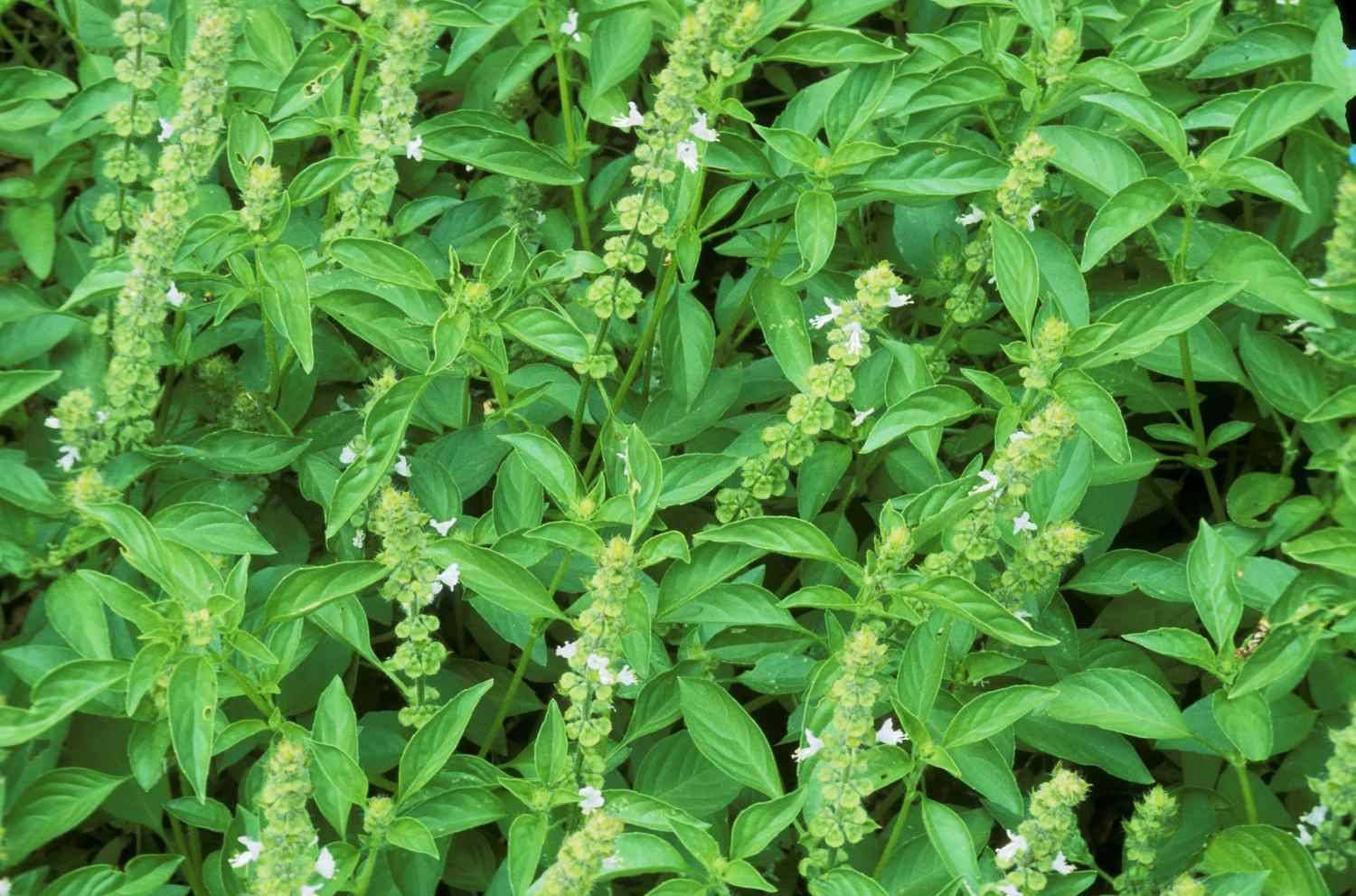
While basil flowers are generally safe, it’s essential to consult with a healthcare professional before using them for medicinal purposes, especially if you have underlying health conditions or are taking medications.
3. Can I dry basil flowers in the microwave or oven?
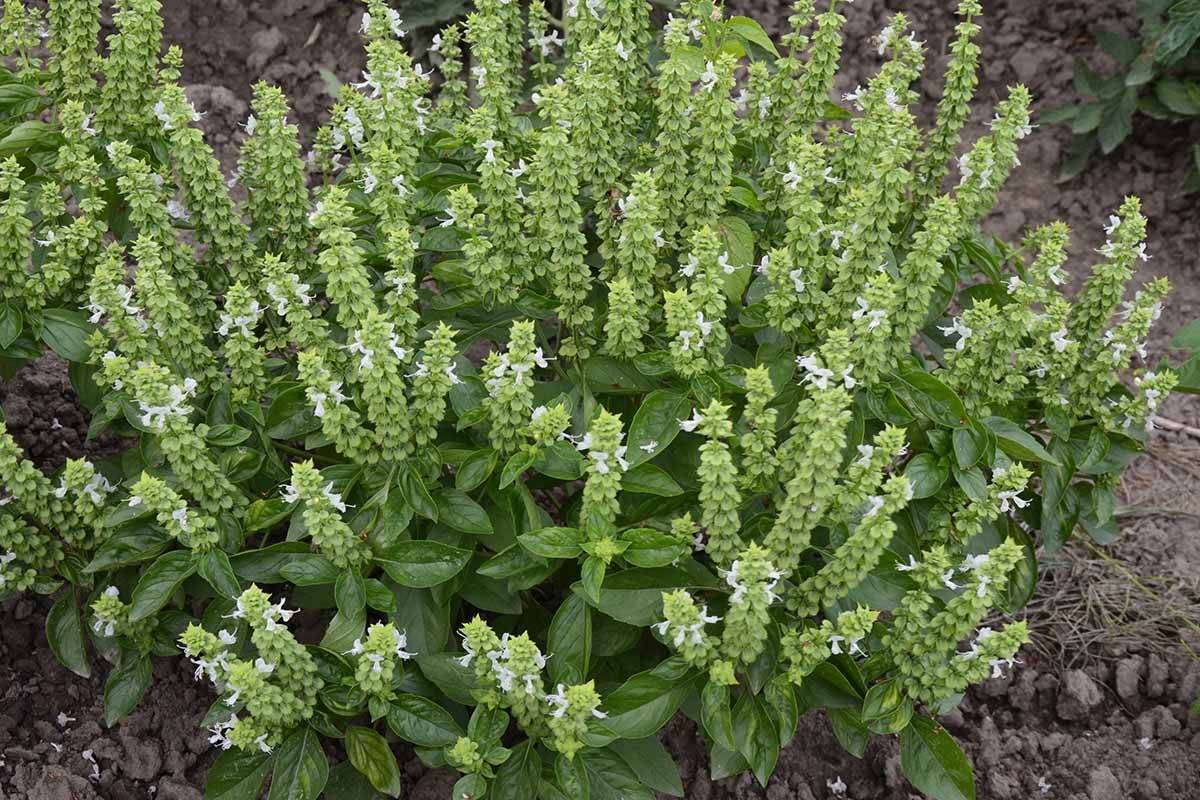
While it’s possible to dry basil flowers in the microwave or oven, it’s best to air-dry them to preserve their delicate flavors and essential oils. Microwaving or baking at low temperatures can compromise these qualities.
4. What’s the difference between basil leaves and basil flowers in recipes?
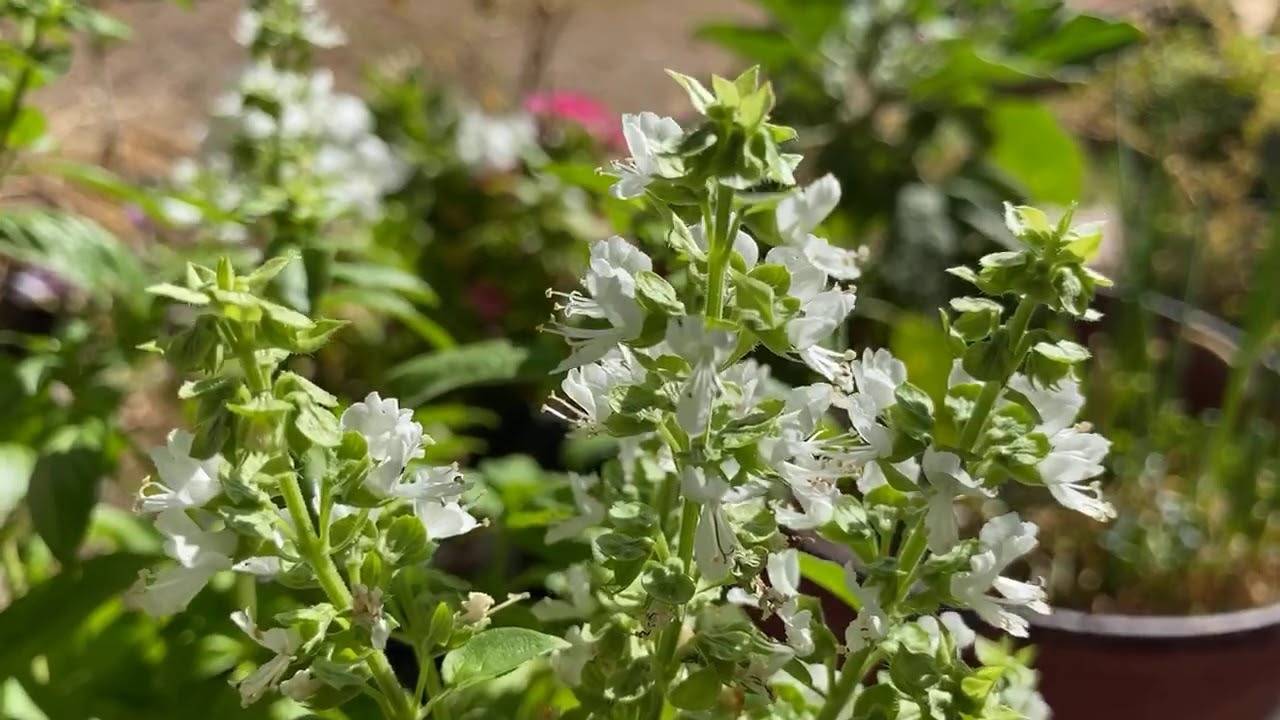
Basil leaves are typically more potent in flavor compared to basil flowers. Basil leaves are often used as a primary ingredient, while basil flowers are often used as a garnish or to infuse flavors subtly.
Basil is a versatile herb as both its leaves and flowers can offer a world of possibilities, from culinary delights to potential health benefits. By making use of its flowers instead of being cut and discarded, you’re getting closer to sustainable gardening and becoming a wise gardener. So, give it a shot, and discover unexpected but amazing benefits of these white flowers.
